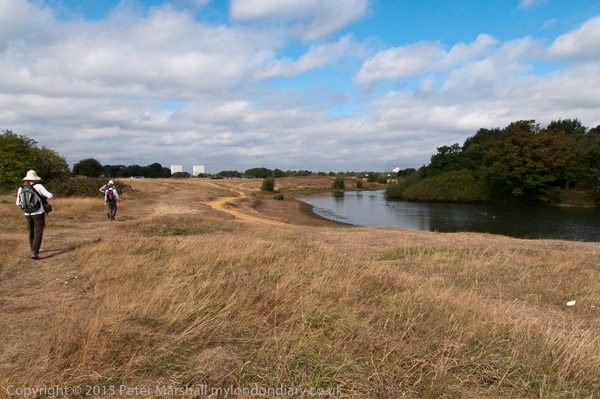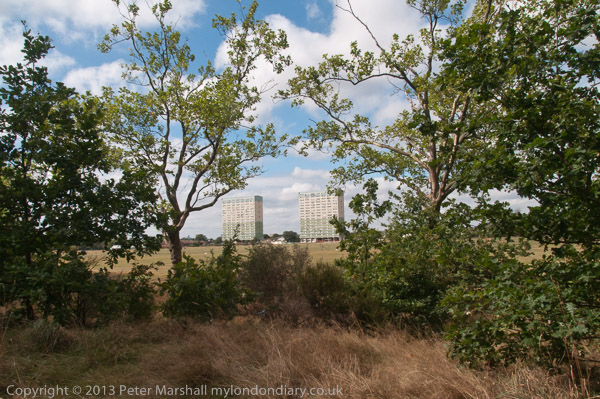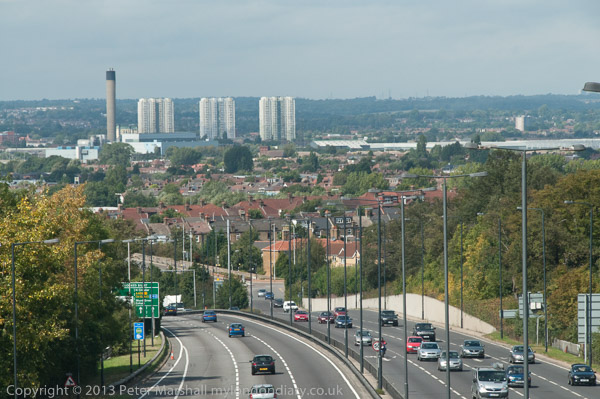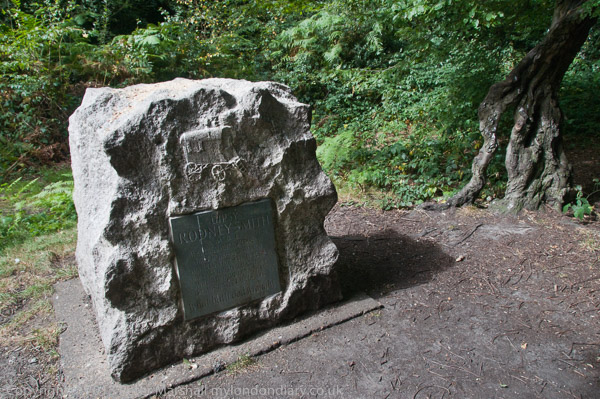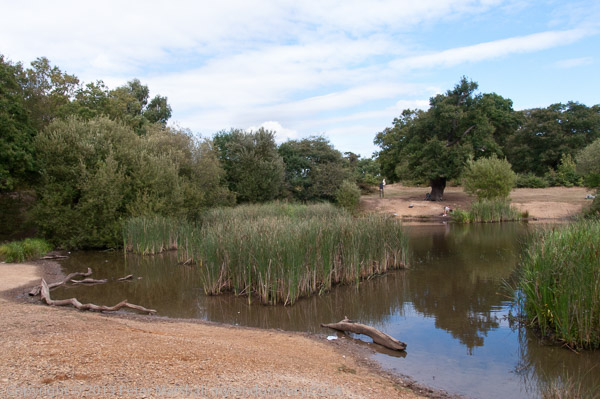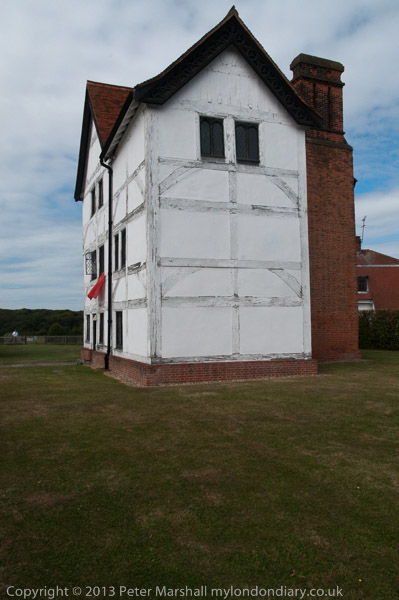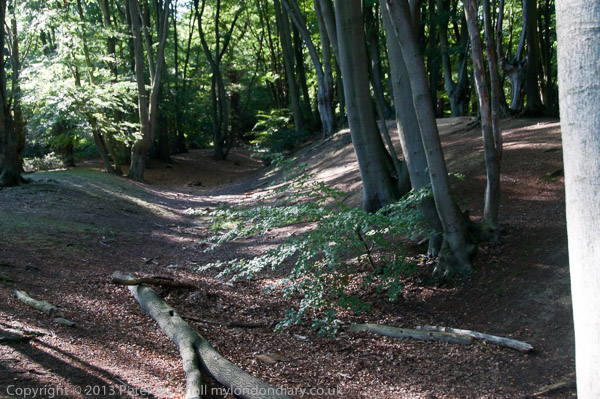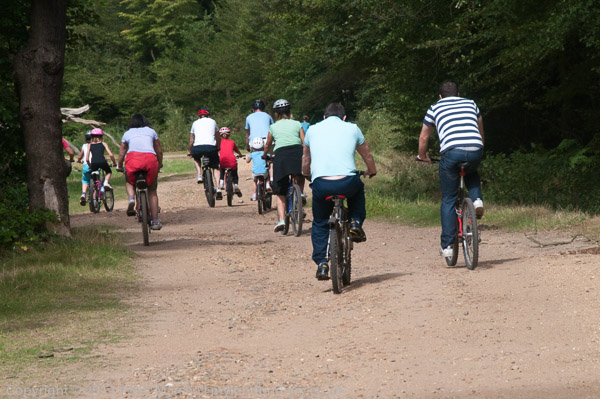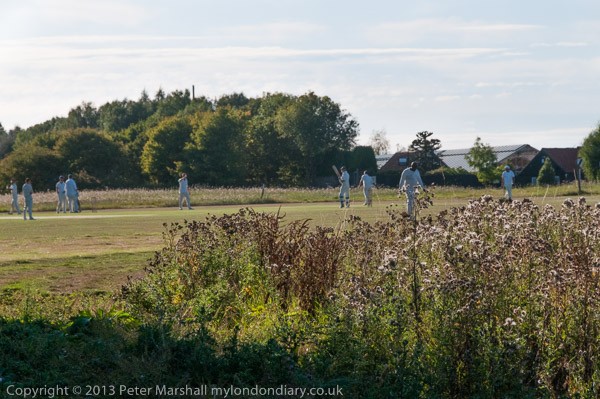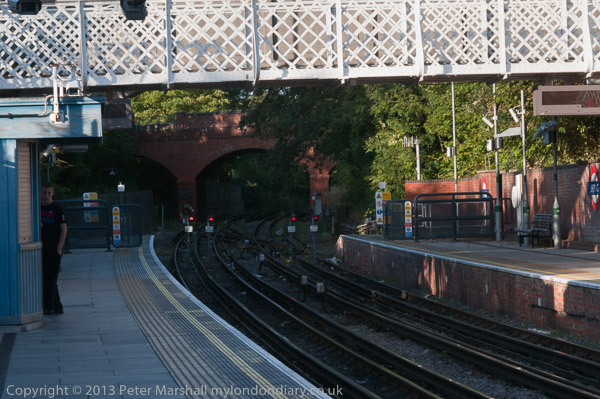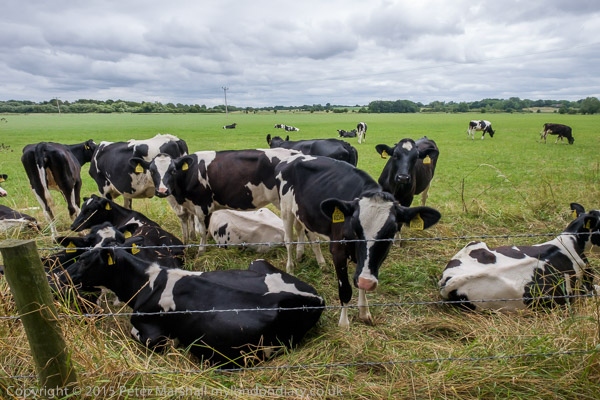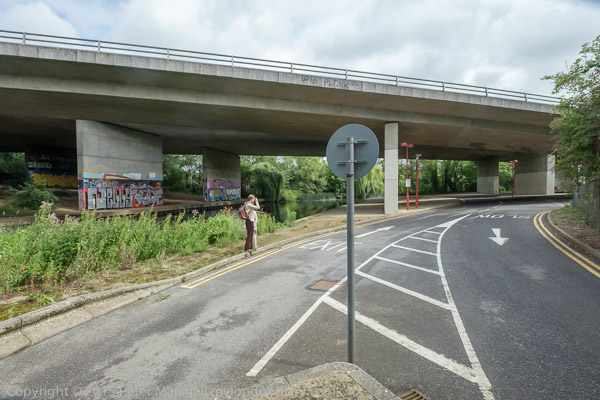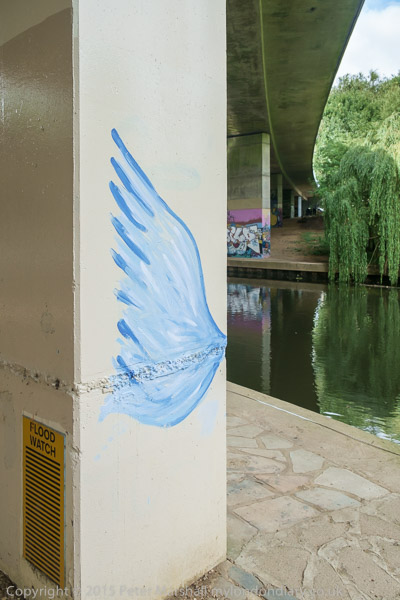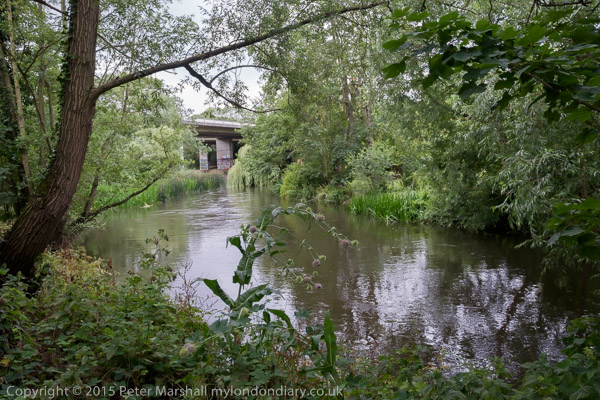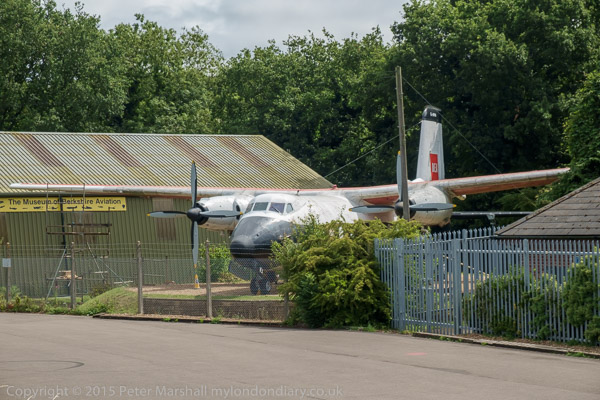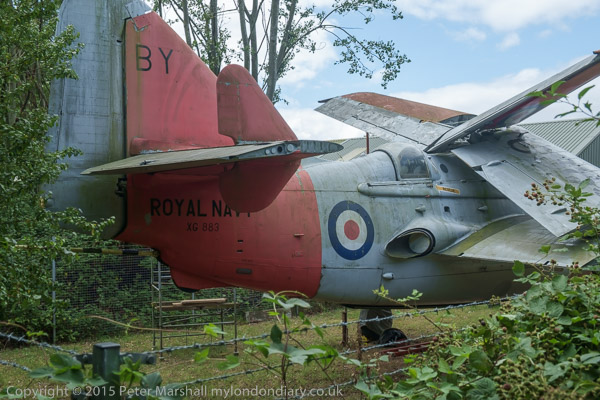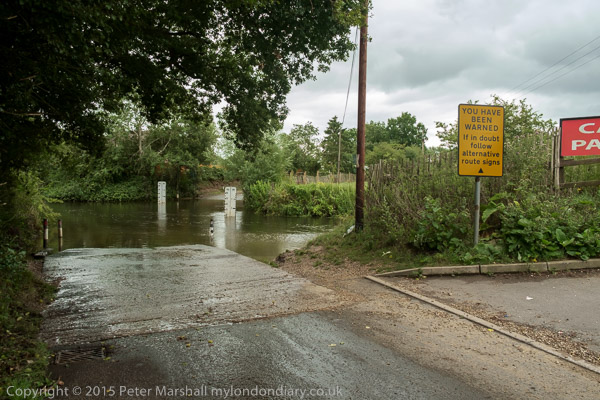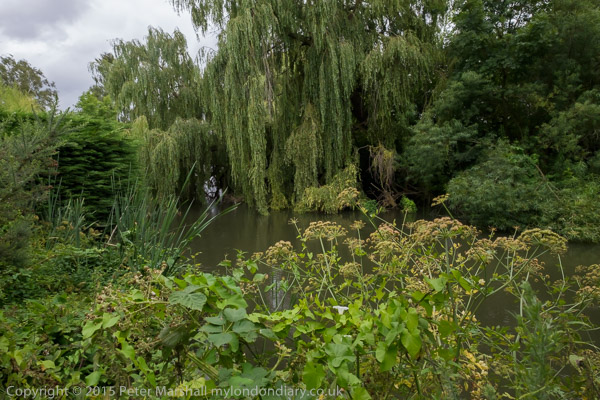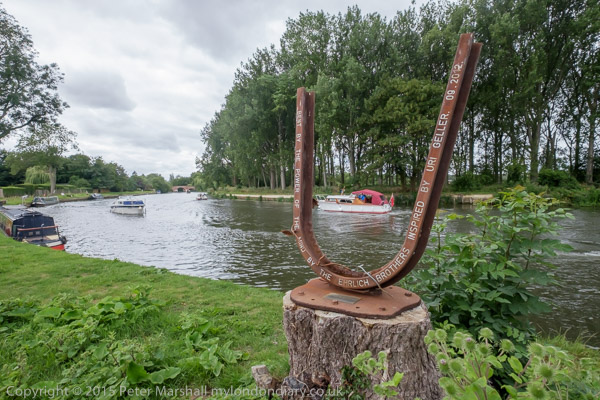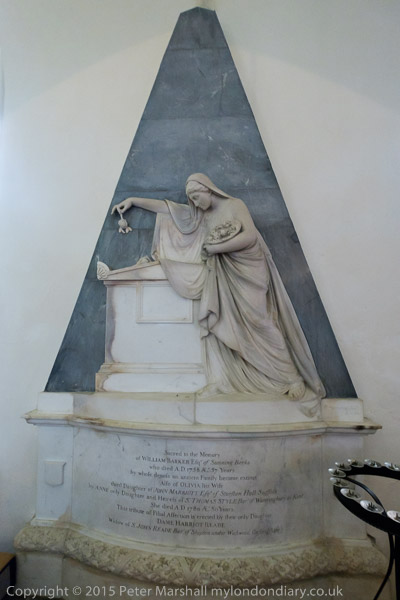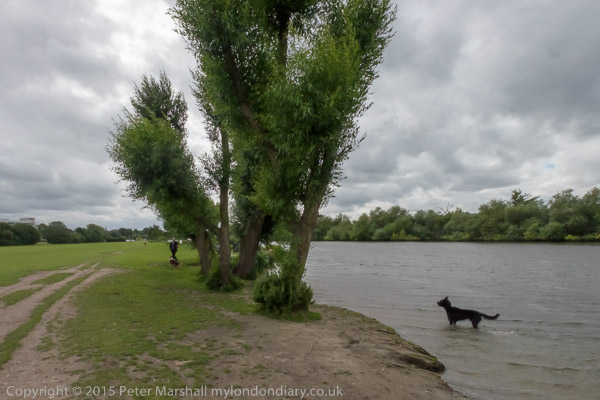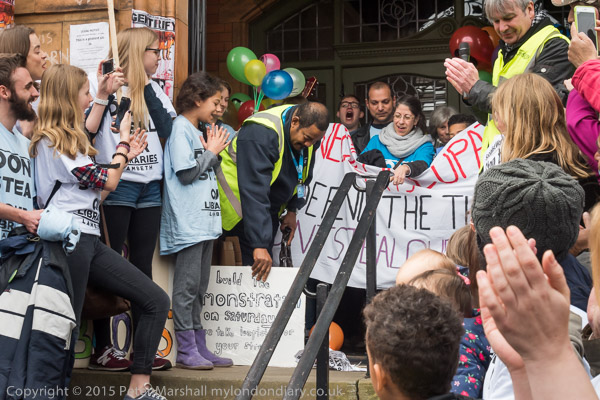Back in Stockwell: It was the 17th July 1989 before I was able to return to Stockwell and take up my wanderings around south London where I had left off on 4th June.
Coming out from Stockwell Underground I turned left and came to the war memorial, then on a rather scruffy triangle of grass and litter between the South Lambeth Road and the A3 Clapham Road. This has since been tidied up as Stockwell Memorial Gardens with a mural celebrating others who died in WW2 including war hero Violette Szabó, GC and a the Bronze Woman statue by Aleix Barbat, a tribute to all black Caribbean women.
The Stockwell War Memorial was erected in 1922 to the design of Frank Twydals Dear which attracted praise at the time for its excellent proportion, refined detail and simple lines.
The figure of Remembrance is by sculptor Benjamin Clemens and the clock with a face on all four sides of the tower was donated by the father of one of the 574 men named on the memorial who died on the Somme on 9th August 1916, aged 19, Frederick H S Caiger. He was the only son of Dr Caiger, superintendent of South Western Fever Hospital.
The mural is on the Security Archives in my picture, one of eight deep level shelters built for WW2. Stockwell was used to house US troops. The bunkers were 100ft underground and had 8000 bunks, canteen and hospital facilities.
Scallywag was a pine furniture showroom which had started in an old church in Camberwell in 1970 and moved here in 1985 becoming the largest pine showroom in Europe. It is now based in a rural location in East Sussex as well as in the USA.
Opposite the war memorial on Clapham Road were these two architecturally very different buildings, TDA House and Mecca Bookmakers.
TDA House at 211 was built as the Stockwell Palladium cinema which opened in 1915 but was rebuilt as the Ritz Cinema in 1937. In 1954 it became Classic Cinema and in 1969 the Tatler Film Club showing uncensored blue movies, reverting to the Classic for a couple of years before closing in 1981. A snooker club for some years it then became TDA House for the Tigray Development Association supporting Ethiopian refugees and in 2017 became an Ethiopian restaurant.
Next door at 213 Mecca is now Ladbrokes.
I didn’t go up Clapham Road but turned into Stockwell Road, walking along her and making this picture just after I had turned into the narrow Stockwell Lane. It shows quite a mixture of buildings, with a recent house close to where I was standing, the back of a row of shops on Stockwell Road and a white building on the opposite side of the road which then had shops on its ground floor, but which is where Stockwell Green United Reform Church moved to after selling its premises on Stockwell Green.
The tower beyond is Birrell House, with an address on Stockwell Road but set well back from it, now managed by Hyde Housing, who took it over from Lambeth council after a vote by residents in 1999. The block, approved by the London County Council in 1964 was an addition to the Stockwell Gardens estate with 68 flats on 18 floors was named after Miss Elsie Birrell, London Undergroud’s first female porter who worked at Stockwell Station during the Second World War.
Stockwell in the past was noted for its gardens, particularly the botanical gardens of the Tradescant family and I could resist these fine specimens (certainly not Tradescantia) filling a fairly small front garden near Stockwell Park Crescent.
Stockwell Park Crescent was laid out in the late 1830s and many of the houses in it date from the 1840s. These were large houses for the middle classes many of whose heads will have worked in the city but wanted to live in the ‘country’ in places such as Stockwell. The small attic rooms will have been for the servants. These were villas rather than the terraces common in urban London and on a crescent which aimed for a more informal and romantic landscape.
Although basically plain, there are classical details on the frontage rather than actual columns, extending to the eaves which give a classical facade. The pair is Grade II listed.
More on my walk in a later post.






